In the fast-evolving world of product development, user experience (UX) research has never been more critical — or more challenging. At Pulse Labs, we’ve supported countless enterprise teams across industries and regions, giving us a unique vantage point on the trends transforming UX research today.
As teams grapple with growing product complexity, distributed users, and accelerated timelines, five key trends stand out as game changers for how UX is conducted and leveraged.
1. Real-Time Feedback Is Becoming a Business Imperative
Gone are the days when teams could wait weeks for usability reports or post-launch user surveys. Today, product velocity demands real-time feedback loops that feed directly into development cycles. This shift means moving beyond traditional testing to integrated, in-app mechanisms that capture user experience as it happens.
Enterprise teams are increasingly adopting tools that provide continuous insights — enabling faster iteration and proactive problem solving before issues escalate.
2. Artificial Intelligence Is Powering Smarter UX Insights
The volume of user feedback has exploded, creating a paradox of choice for researchers and product managers. AI-driven triaging and analysis tools have become an essential asset in sifting through mountains of data, prioritizing critical issues, and surfacing patterns that might otherwise be missed.
This doesn’t replace human insight but amplifies it — automating tedious tasks and, instead, freeing teams to focus on strategic interpretation and decision-making.
3. Continuous UX Research Is the New Norm
Static, one-off usability tests remain valuable, but they no longer suffice for products that evolve daily. Today’s teams embrace continuous UX research programs that provide ongoing, dynamic feedback throughout the product lifecycle.
This approach ensures user needs are consistently understood and met, minimizing costly redesigns and improving overall user satisfaction.
4. Embracing Global Diversity and Localization
With enterprises expanding into new markets and user bases becoming increasingly global, understanding local contexts, languages, and cultural nuances has taken center stage. UX research programs now prioritize diverse participant recruitment and region-specific analysis to create more inclusive and effective experiences.
Ignoring these factors risks alienating users and missing critical market opportunities.
5. Collaboration Across Distributed and Hybrid Teams
Remote and hybrid work models have redefined how UX research is conducted. Teams rely on tools that support asynchronous collaboration, seamless sharing of insights, and integration with product workflows.
Success depends not just on the research itself but on how easily insights travel across teams, time zones, and roles — ensuring user experience remains a shared priority.
Looking Ahead
The UX research landscape is rapidly evolving to meet the demands of faster product cycles, more complex user needs, and dispersed teams. At Pulse Labs, we are committed to empowering product organizations with tools and methodologies that embrace these trends — enabling smarter, faster, and more inclusive UX research at enterprise scale.
If you’re interested in learning how your UX program compares, or if you want to explore how to embed continuous user insights into your product lifecycle, reach out to our team.
Let’s build better experiences, together: conversations@pulselabs.ai

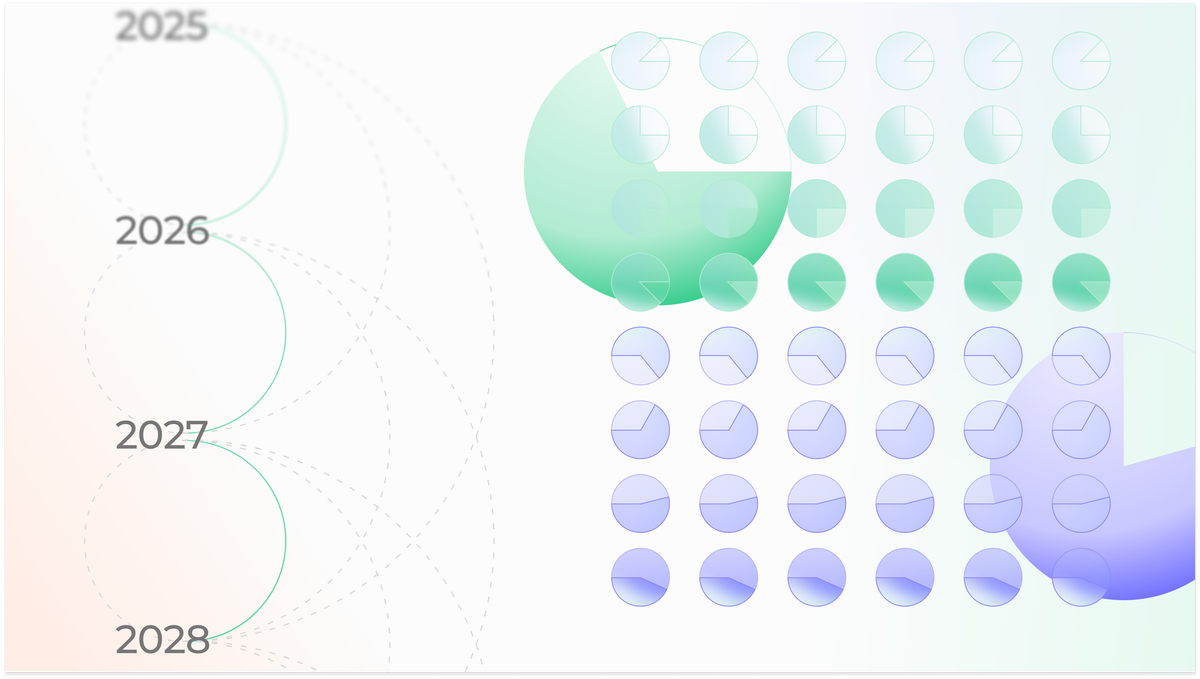
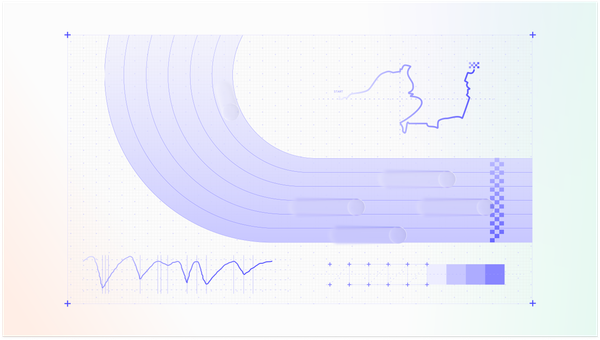


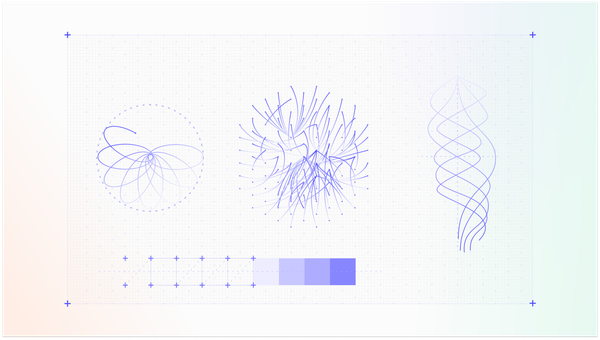
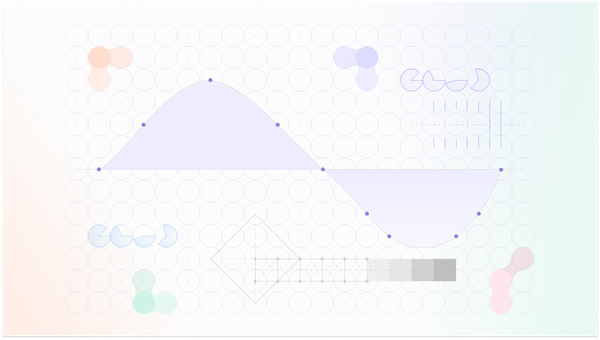
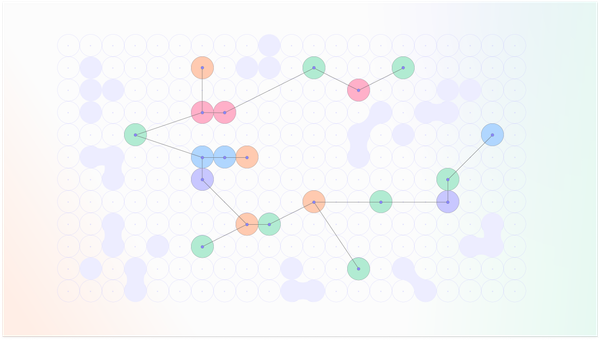
Member discussion